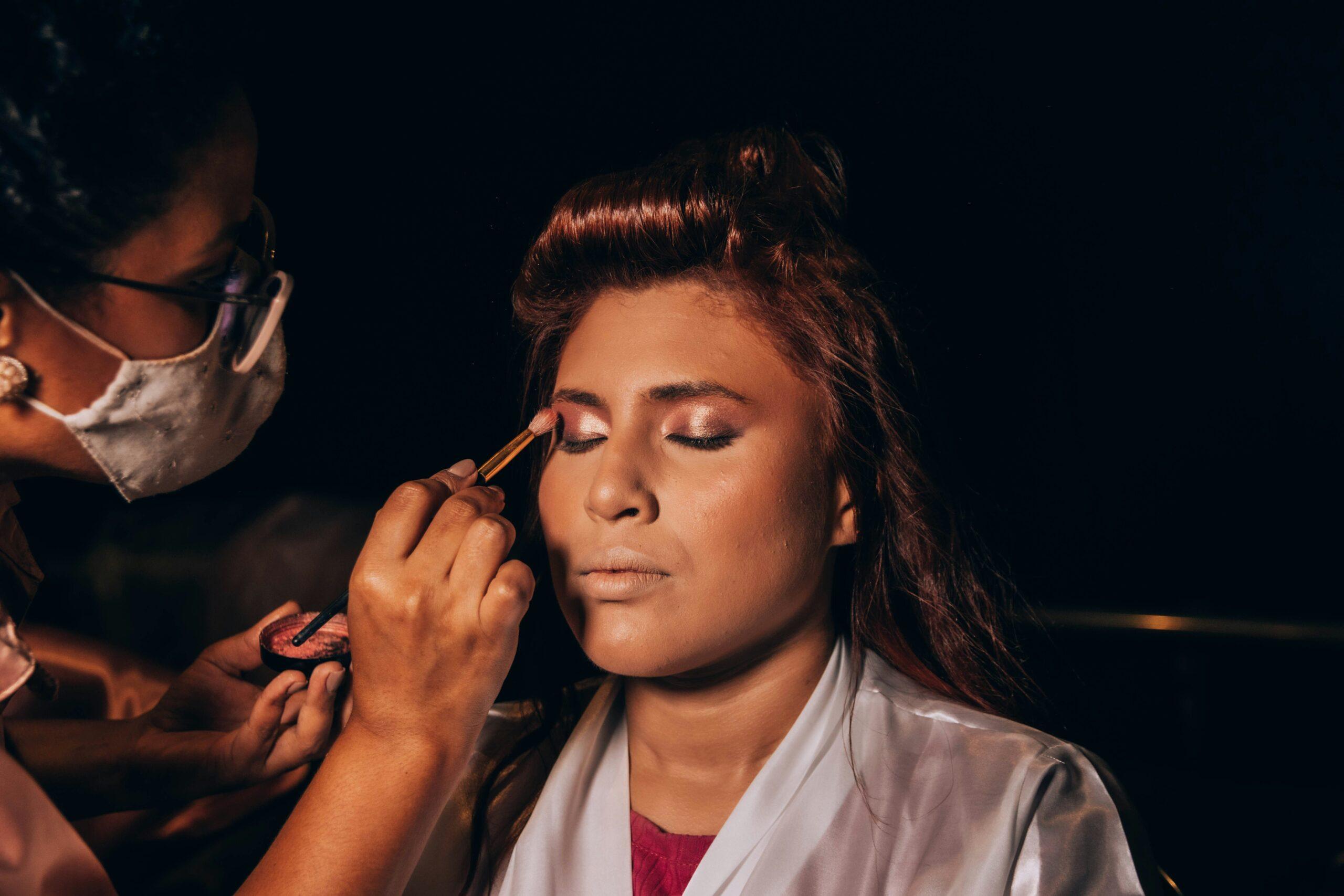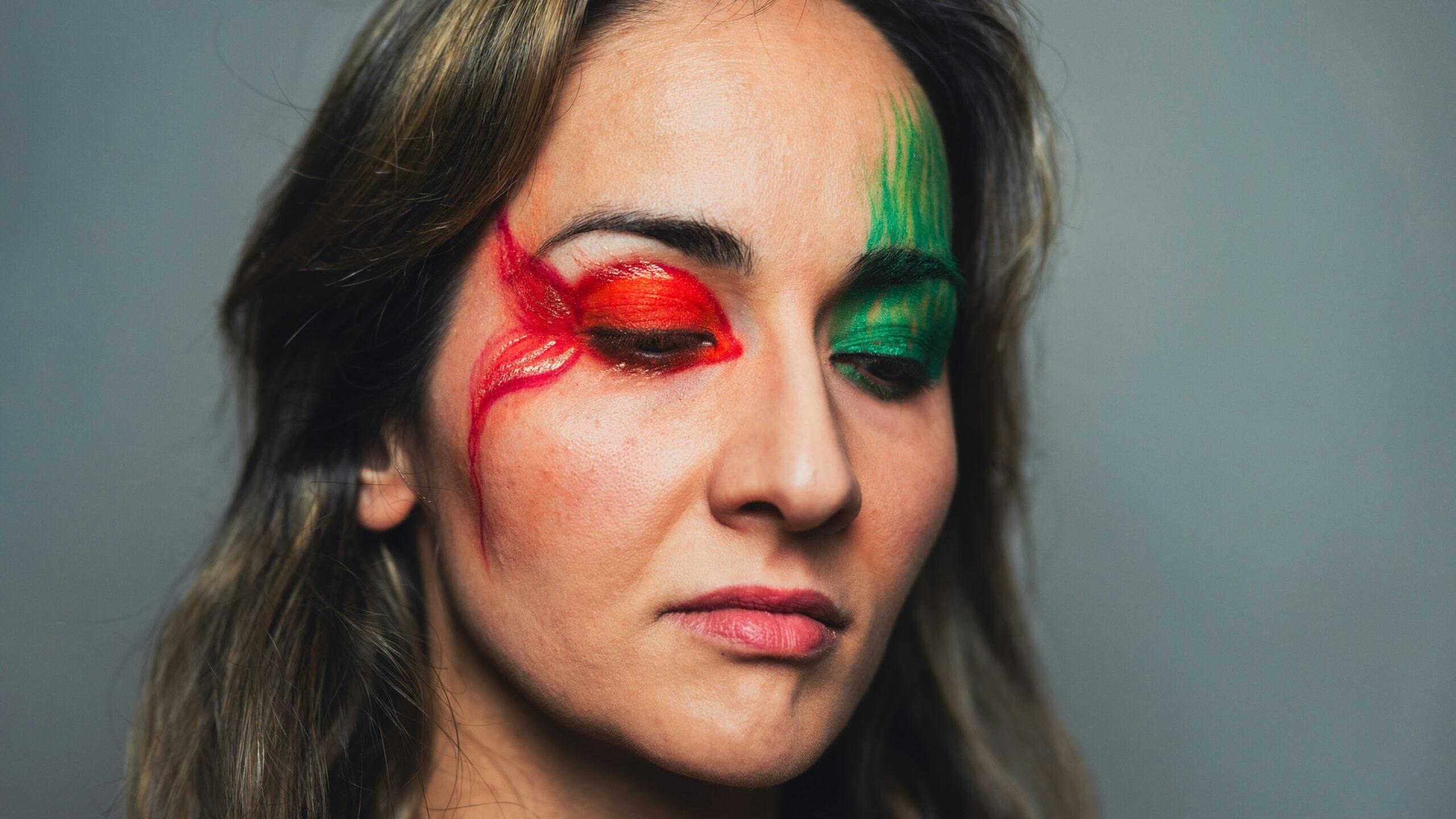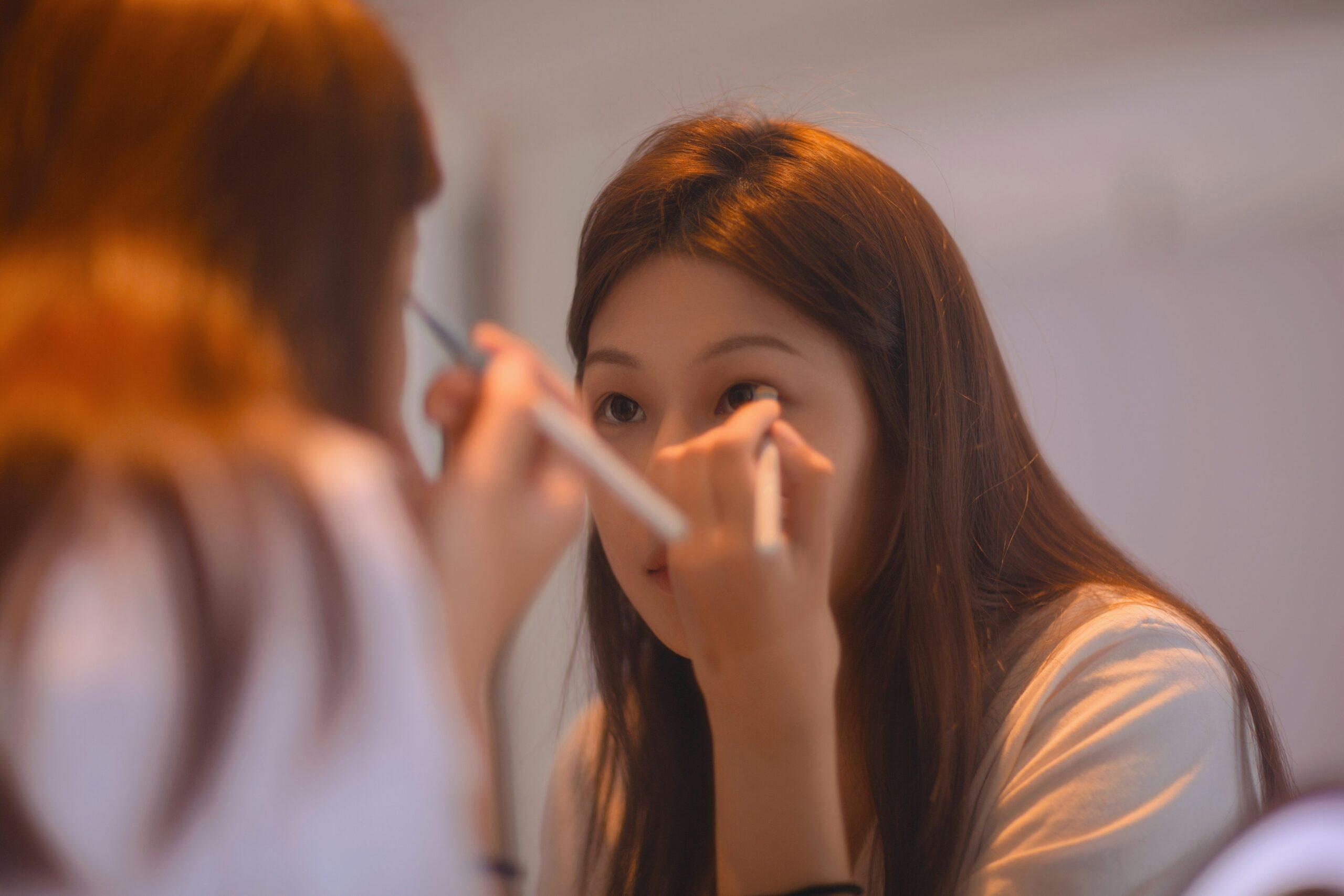Ever stared at a Vogue cover and wondered how they achieve those flawless, gravity-defying looks? Spoiler alert: it’s not just Photoshop. The secret lies in editorial makeup—a game-changer for makeup artists looking to push creative boundaries.
In this post, we’ll explore everything you need to know about editorial makeup, including its importance, step-by-step techniques, insider tips, real-world examples, and common FAQs. By the end, you’ll have the tools to create jaw-dropping looks fit for magazine spreads or high-fashion runways.
Table of Contents
- Why Editorial Makeup Matters
- Step-by-Step Guide to Creating Editorial Looks
- Pro Tips for Nailing Editorial Makeup
- Real-Life Examples That Inspire
- Frequently Asked Questions About Editorial Makeup
Key Takeaways
- Editorial makeup is all about storytelling through bold, artistic choices.
- Understanding skin prep and product layering is crucial for long-lasting results.
- Confidence and experimentation are your best friends in mastering editorial styles.
Why Editorial Makeup Matters
Let’s get one thing straight—editorial makeup isn’t just another trend. It’s an art form that combines creativity, technique, and innovation to transform models into living works of art. Think avant-garde runway shows or striking magazine covers like Dior campaigns.
I once tried recreating an editorial look from Pinterest without understanding the basics. My model ended up looking more “clown school dropout” than “high fashion diva.” Oof. Lesson learned: knowledge first, glitter second.
This type of makeup demands precision and vision because it often tells a story or evokes emotions. Without proper execution, even the most beautiful concept can fall flat. Imagine designing a stunning dress only to pair it with mismatched shoes—it doesn’t work!
Step-by-Step Guide to Creating Editorial Looks
Ready to channel your inner Pat McGrath? Here’s how to approach editorial makeup like a pro:
Step 1: Define Your Concept
“Optimist You:” *’Start brainstorming themes like futuristic metallics or ethereal fairies!’*
“Grumpy You:” *”Ugh, fine—but only if coffee’s involved.”*
Every great editorial look begins with a vision. Sketch out ideas, gather inspiration boards, and decide on the mood you want to convey. Mood boards are chef’s kiss for organizing your chaotic brain.
Step 2: Prep the Canvas (Skin Prep)
A smooth canvas is non-negotiable. Start with a hydrating primer, followed by foundation that matches the model’s undertone perfectly. Avoid overly heavy products unless extreme coverage is part of the concept.

Step 3: Focus on the Eyes
Editorial makeup thrives on dramatic eyes. Whether it’s graphic liner, intense smoky shadows, or bold lashes, make sure the eyes steal the spotlight. Use pigmented palettes and gel liners for sharp lines.
Step 4: Balance Boldness with Restraint
If the eyes are bold, keep lips neutral—and vice versa. Overloading every feature will dilute the impact.
Step 5: Final Touches
Set everything with a lightweight setting spray and add finishing touches like highlighter or strategically placed embellishments.

Pro Tips for Nailing Editorial Makeup
- Invest in High-Quality Brushes: Cheap brushes = streaky application. Spend wisely.
- Experiment with Textures: Mix matte, shimmer, and glitter strategically for depth.
- Work Quickly: Time is of the essence during photoshoots. Practice speed without compromising quality.
- Use Tape Edges: For clean winged liners or geometric shapes, tape is your BFF.
Terrible Tip Disclaimer: Don’t ever glue rhinestones directly onto bare eyelids—it hurts like hell. Trust me, I’ve seen someone try this. Yikes.
Real-Life Examples That Inspire
Take inspiration from legendary makeup artist Pat McGrath, known as the “Mother of Makeup.” Her work for Dolce & Gabbana’s Spring/Summer campaign combined vibrant blues and golds to create otherworldly beauty. Or revisit Alexander McQueen’s runway shows where dramatic brows reigned supreme.

Rant Alert: Nothing grinds my gears more than editors cropping out painstakingly crafted details in final images. Like, seriously? We spent hours perfecting that glitter gradient!
Frequently Asked Questions About Editorial Makeup
What Makes Editorial Makeup Different?
Unlike everyday makeup, editorial makeup focuses on exaggerated features and artistic expression rather than realism.
Do I Need Special Products?
While standard makeup works, professional-grade products ensure longevity and vibrancy under harsh lighting.
Is Editorial Makeup Only for Photographers?
Nope! It’s also popular in fashion shows, films, and theater productions.
Conclusion
Editorial makeup is a thrilling blend of creativity, skill, and storytelling. From prepping the skin to adding the final embellishments, every step matters. With practice and passion, you too can craft looks worthy of glossy pages and dazzling runways.
So grab your brushes, cue up your favorite playlist, and let your imagination run wild. Remember: like Tamagotchis, your talent needs daily care to thrive.
Haiku finale:
Brush meets bold palette,
Transforming faces into art—
Dreams take center stage.


